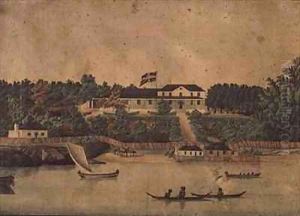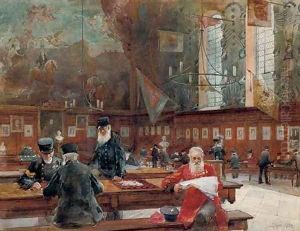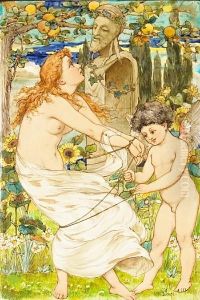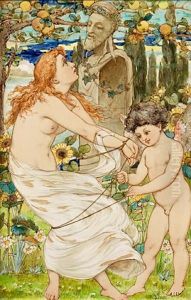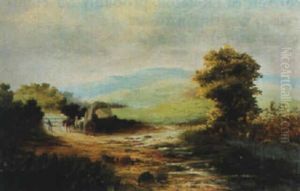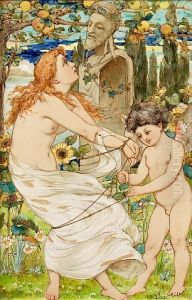John Eyre Paintings
John Eyre was an English artist known primarily for his work as an engraver and printmaker. He was born in 1771, but the exact date and place of his birth are not well-documented. The details of his early life and artistic training are also not clear, which is not uncommon for artists of the 18th century, whose lives were often less well-recorded than those of their more famous or later counterparts.
Eyre's work is mainly known from the late 18th century to the early 19th century. He was active at a time when the art of engraving was a crucial method for reproducing images and illustrations for books, newspapers, and independent prints. Engravings were an important means of communication in an era before photography and digital reproduction, allowing for the mass dissemination of artworks, portraits, and decorative designs.
Despite the lack of detailed personal information, Eyre's contributions to the field of printmaking can be seen in the collections of various museums and archives which house examples of his engravings. His style would have been consistent with the period, characterized by fine lines and attention to detail, attributes that were highly prized in quality engravings of the time.
John Eyre's date of death is not well recorded, which is again not unusual for artists of his time, especially those who did not reach a high level of fame. However, his existing works provide a glimpse into the artistic practices of his era and his role within the field of printmaking. Due to the lack of information about his later life, his contributions to the arts are mainly assessed through the works he left behind, rather than through a comprehensive biography.
